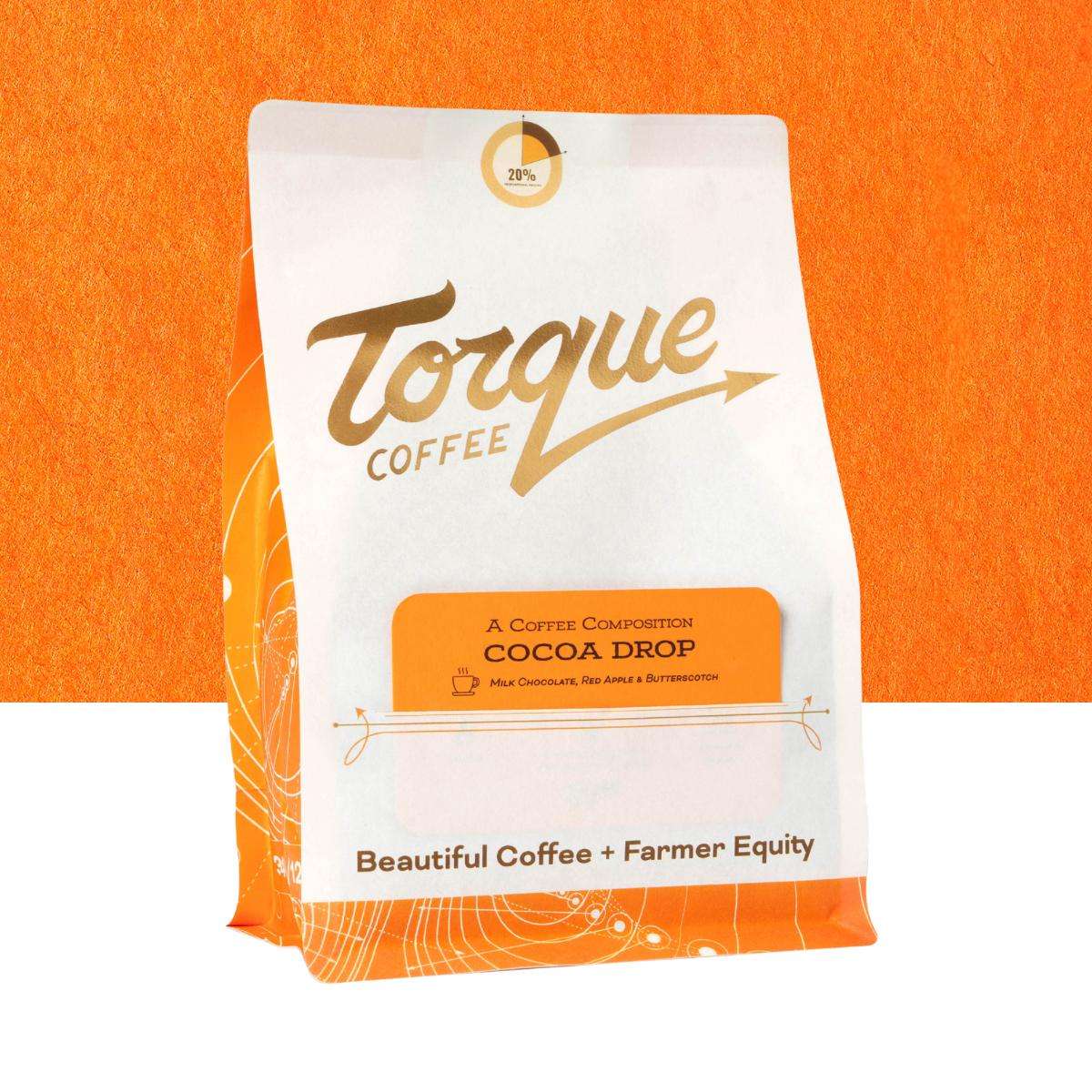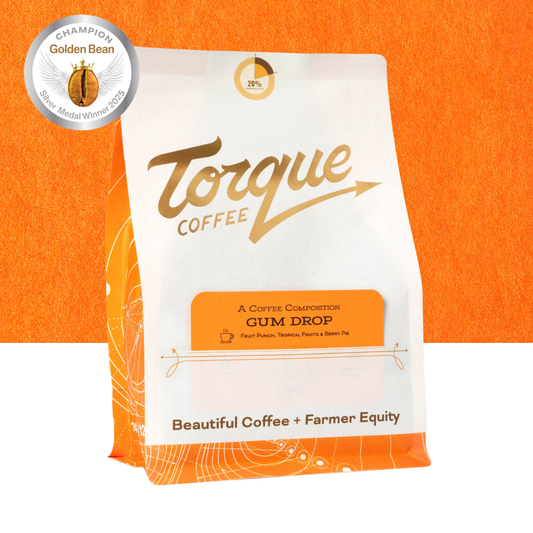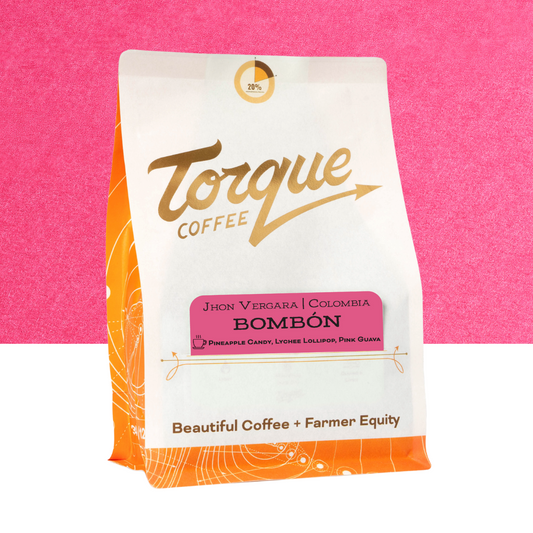
A Big Guide To Coffee Cupping And Evaluating Coffee
What is coffee cupping & why it matters
Think of coffee cupping a bit like a wine tasting for coffee — only here the aim is not just to enjoy a beverage, but to evaluate it, understand its unique sensory attributes, compare coffees side-by-side, and communicate quality or style with your team or customers. According to coffee research, “cupping is one of the coffee tasting techniques used by cuppers to evaluate coffee aroma and the flavor profile of a coffee.” (coffeeresearch.org)
For your roastery (Torque Coffees) where you make artisan breads & baked goods in-house and craft your coffee roast profiles carefully under Nanelle’s supervision, a formal cupping practice helps you maintain consistency, catch defects, highlight origin/flavour clarity, and train your palate.
In the old SCA system (and still used by many roasters for internal quality control) you use a form with defined attributes, score each, subtract faults, and come to a 100-point scale result. (Barista Hustle)
Step-by-Step: How to run a cupping session
Here’s a step-by-step walkthrough (with an allegory): imagine you’re hosting a concert of flavours, and each coffee is an “instrument” in your ensemble. You’re the conductor (and audience) who listens, evaluates, and gives feedback.
1. Preparation (set the stage)
-
Roast each sample in a consistent way, cool and store properly. The older SCA cupping protocol gives detailed instructions (sample must be lightly‐roasted, ground right before cupping etc.). (atlanticspecialtycoffee.com)
-
Grind each sample fresh (within ~15 minutes before infusion) to a uniform grind. (atlanticspecialtycoffee.com)
-
Set out your cups, spoons, hot water, and notes sheet.
-
Label each sample clearly so you can compare.
-
For your roastery, ensure your roast level, brew ratio, water temperature are consistent — because variation here will muddy your sensory evaluation.
2. Fragrance / Aroma (first movement)
-
Smell the dry grounds: this is the “fragrance”. Then pour hot water and smell again: that’s “aroma (wet)”. (coffeeresearch.org)
-
On the old SCA cupping form you mark the “Fragrance/Aroma” score (6.00-10.00 scale in each category) for the dry plus wet impression. (Barista Hustle)
-
In your allegory: this is like hearing the first violin entering – you’re listening for clarity, presence, and how it sets the tone.
3. Flavor (the main melody)
-
Slurp the coffee (air-ate it) so it moves across your full palate and into the nasal passages for retronasal aroma. That is essential: much of flavour comes from the nose. (coffeeresearch.org)
-
On the form you score “Flavor” (again 6-10) for how the cup presents taste + aroma together. (Royal NY)
-
Ask: Is the flavour clean? Are notes identifiable (e.g., citrus, cherry, caramel, chocolate)? Does it show origin character or roast character clearly?
-
In our concert allegory: this is the full orchestra playing together – you’re listening for how well the instruments blend and what unique voice each brings.
4. Aftertaste (echo of the melody)
-
The aftertaste is how the flavour lingers after swallowing: does something pleasant remain or does it drop off, or worse, does a harsh note linger? The COE form and SCA discussion emphasise this. (Sweet Maria\'s Coffee Library)
-
On the SCA form, this is included (sometimes combined with other attributes) and you score accordingly.
-
Allegory: imagine the echo of the last chord – long, pleasing resonance vs abrupt silence.
5. Acidity (brightness & lift)
-
Acidity is not “sourness” in a negative sense, but the brightness, clarity, liveliness of the coffee. On the forms you score “Acidity” (6-10 in SCA old version) based on quality. (Barista Hustle)
-
Also in COE the acidity quality & intensity are scored separately. (CROWD ROASTER)
-
Ask: Is the acidity vibrant but balanced? Does it integrate with body and flavour? Or is it sharp and disjointed?
-
Allegory: this is like the uplifts in the music, the dynamic highs that keep your ears engaged.
6. Body (mouthfeel / texture)
-
Body (or mouthfeel) refers to the tactile sensation: how heavy or light the coffee feels on your palate, whether it’s silky, syrupy, thin, oily etc. (Sweet Maria\'s Coffee Library)
-
On the old SCA form you score “Body”. (atlanticspecialtycoffee.com)
-
Ask: does the texture match the flavour profile? E.g., a fruity natural might have a fuller body; a washed high-altitude coffee might be cleaner, lighter body but crisp.
-
Allegory: this is like the orchestral arrangement – you can feel the difference between solo instruments vs full strings section.
7. Uniformity & Clean Cup (foundation)
-
Uniformity: Are all the cups (if you’re cupping multiple replicates of the same sample) giving the same result? Any outliers suggest inconsistency. (Barista Hustle)
-
Clean Cup: Is the cup free of defects (muddy, fermented, phenolic, etc)? Clean cup is crucial because defects undermine everything else. (CROWD ROASTER)
-
On the old SCA form, these categories help contribute to the total score. (atlanticspecialtycoffee.com)
-
Ask: Are there off-flavours? Are all bowls matching?
-
Allegory: This is like tuning – if one instrument is out of tune (a defect), the whole concert suffers, no matter how good the soloists are.
8. Balance (overall harmony)
-
Balance asks: do all the elements (flavour, acidity, body, aftertaste) work together? Is something overshadowing the rest? On SCA the “Balance” category is scored. (Barista Hustle)
-
Ask: Does the coffee feel cohesive and complete? Or are elements fighting each other?
-
Allegory: This is like the conductor’s job – ensuring no section of the orchestra overpowers the rest; the result is seamless.
9. Overall (your impression)
-
On the old SCA form you score “Overall” (6-10) as your final impression of the cup (given all attributes, including any flaws). (Barista Hustle)
-
Then you add up scores (from categories) and subtract faults/defects to produce a final number out of 100 (or a scaled version). For example, the seven primary categories plus intensity categories make up the total. (Barista Hustle)
-
Ask: If this coffee were on your menu (or your green-coffee buying list), would you be proud to serve it?
-
Allegory: The standing ovation – did the concert leave you wanting more?
10. Faults / Deduction (the sour note)
-
On the SCA form you subtract points for defects (“Taint -2”, “Fault -4” etc) when cups are unsound. (atlanticspecialtycoffee.com)
-
Always note defects clearly – better to identify than ignore.
-
Allegory: If a single musician plays completely off tempo, you deduct a point from the performance.

How to interpret the 100-point scale
-
In the SCA form tradition, each major category is scored out of 10 (with a minimum baseline around 6 because the system was designed for specialty coffees). (Barista Hustle)
-
The quality scale labels: 6.00 = Good, 7.00 = Very Good, 8.00 = Excellent, 9.00 = Outstanding. (atlanticspecialtycoffee.com)
-
A coffee scoring ~80+ points historically is considered specialty grade. The higher you go (85-90+), the more distinguished the cup.
-
For your roastery: you might set internal quality-control thresholds. E.g., any roast below 82 points could be flagged for review or alternative use (blending, filter only etc).
Identifying individual attributes (and what to look for)
Here’s a quick table of the major attributes, what they mean, and some things to listen for during your cupping:
| Attribute | What it means | What to look for / listen for |
|---|---|---|
| Fragrance/Aroma | The smell of the dry grind + brewed coffee | Freshness of grounds, clarity of aroma, any off-smells |
| Flavor | The combined taste & aroma of the coffee | Are notes identifiable (fruit, chocolate, nuts, floral)? Are they clean? |
| Aftertaste | The lingering flavour after swallowing | Does the note vanish immediately or persist pleasantly? Any harsh finish? |
| Acidity | Brightness, lift, clarity of the cup | Is the acid clean, elegant, integrated or sharp/disjointed? |
| Body | Mouthfeel / texture | Is the coffee heavy, syrupy, light, watery? Does it match flavour style? |
| Uniformity | Consistency across cups | Are all replicate cups the same? Any cup deviates? |
| Clean Cup | Absence of defects or unwanted flavours | Any fermentation, phenolic, mold, staling? |
| Balance | How all elements harmonise | Is any element too loud (e.g., acid too bright) or too weak? |
| Overall | Holistic impression | Would you serve / buy / roast this again? |
Links & further reading
-
Download the older SCA Cupping Form (PDF) here: SCA Arabica Cupping Form (2017/old version) (Scribd)
-
Download the COE (Cup of Excellence) Cupping Form here: COE Cupping Form PDF (Sweet Maria\'s Coffee Library)
-
For more on how cupping is used in sensory evaluation: “Cupping coffee: Is it the best method of evaluation?” (MTPak Coffee)
-
For information on the newer SCA “Coffee Value Assessment” system (which supersedes the old form) see: (Specialty Coffee Association)
Tips for Cupping with a team
-
Ensure all cuppers use the same roast profile for cupping sessions so you’re comparing apples-to-apples (or beans-to-beans).
-
Use the form in real time as you cup: stop, smell, slurp, score — don’t wait until the end to fill it in.
-
After each session, compare notes across your team: what attributes stood out (good and bad)? This builds palate calibration.
-
Use cupping not only for green-coffee purchase decisions, but also for roast profile adjustments and filter vs espresso decisions.
-
Keep a “Cupping Log” where you note especially high-scoring coffees, or ones with unique profiles — these become stories you can tell at the cafe or on your website, building authenticity and transparency for your customers.
If you are a coffee shop or cafe and want to setup a coffee cupping for your team reach out and we can setup a custom experience.





